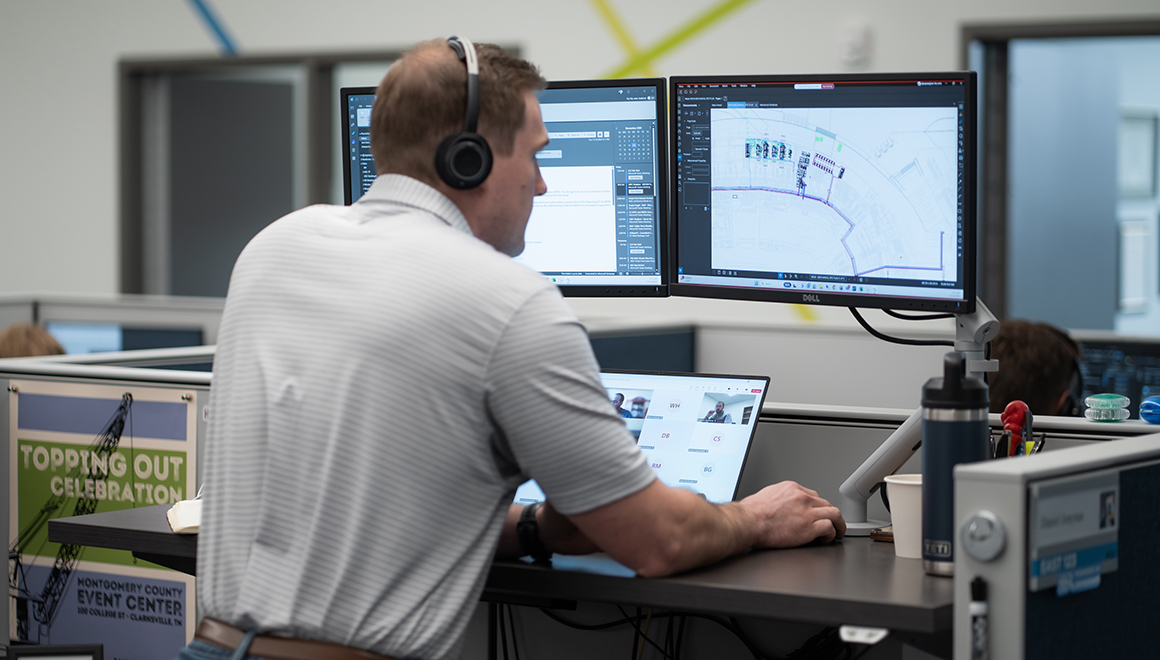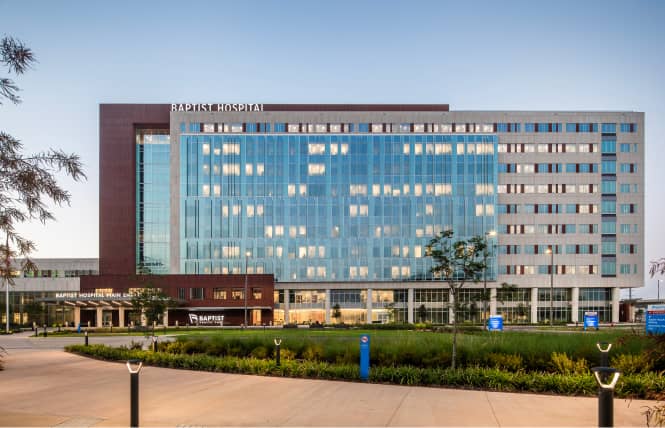Greenhouse Gas Emissions in Healthcare: Electrification for Decarbonization
There is no question that it is difficult to operate a robust healthcare system in the current market environment. In concert with reducing current operations, a larger subset of the GHG reduction trend is an increasing desire for healthcare systems to transition away from fossil-fuel burning systems to accommodate the “green grid” of the future. This is driven by the availability of direct offsets by using renewable energy and emission free technologies (circa nuclear energy production) and includes building new facilities without fossil-fuel burning equipment or appliances and retrofitting existing facilities with electric-based equipment. New building projects are straightforward as electric-based systems can be designed into the project. For existing buildings however, there are greater challenges to implementing electrification. A key consideration is the evaluation of the local utility grid’s clean energy timeline and the useful life of existing equipment. The main reason electrified HVAC, DHW (domestic hot water), cooking, and sterilization systems are evaluated from a sustainability perspective is to take advantage of the green grid of the future.
Electric systems that could be utilized in place of fossil fuel-based systems include:
- Electric sterilizers with self-contained steam generators
- Electric steam generators
- Heat-pump technology including heat-pumps for heating domestic hot water OR heat-pumps for primary building heat and reheat
- Electric steam generators for humidification
- Induction cooking appliances
- Electric dryers for laundry applications
Careful planning must be undertaken to make the transition in the most cost-effective manner. Additional considerations:
- Existing electrical capacity and availability of expanding or increasing service to accommodate multiple new pieces of electric equipment
- Emergency power requirements for increased electrical load
- Availability of on-site renewables to offset additional electrical power demand
- Useful remaining life for natural gas fired systems with timeline for replacement included in master planning
- Planning for steam or hot water boiler replacement with heat-pumps should incorporate electrical infrastructure needs
- Plan for electrical upgrades in advance of boiler upgrades
- Evaluation of current sterilization steam pressures and availability of alternative electric-generated steam systems for sterile processing centers
- Incorporating useful life of existing systems and process center design to accommodate new equipment
- Add electrical loads for sterile equipment to service planning
- Evaluation of current hot water coils and operating temperatures
- Evaluate air handler and terminal unit coil types for transition to lower hot water temperatures (heat-pumps are generally limited to about 140F hot water whereas many older heating systems are designed to 160-180F water temperatures).
- Reductions in hot water temperature can increase flow requirements and run pumps off their curves – pump capacity and piping capacity must be evaluated for changes in hot water temperatures
- Fan capacities for increased pressure drops from coil replacements (to multi-row coils for instance) must be evaluated
- Space: will heat-pumps be able to fit on current building footprints or roofs and will structure hold the new units? Heat-pumps (especially air-cooled units) are much larger than natural gas-fired boilers on a footprint per ton comparison
Once the conversation begins for pursuing electrification as a strategy for meeting future emission reduction goals, careful review of the existing facility and the feasibility of this transition should be reviewed. Starting this conversation early can create an opportunity for developing a long-term master plan (targeting emissions reductions by 2040 or 2050 for instance) where new fossil-fuel systems can be installed today, with infrastructure upgrades undertaken to replace these systems with heat-pumps by the end of their useful life in 20 years (2044). Emergency power and electrical supply systems can be properly evaluated, and leeway provided to increase the power capacity of the facility over time, spreading out the cost burden over several years. Power reductions through building improvements can contribute to lowering the power demand and lessening the design burden for system upgrades.
Contact our Building Optimization and Sustainability (BOS) team for more detail on the analysis necessary for implementing an electrification plan for a healthcare organization.



